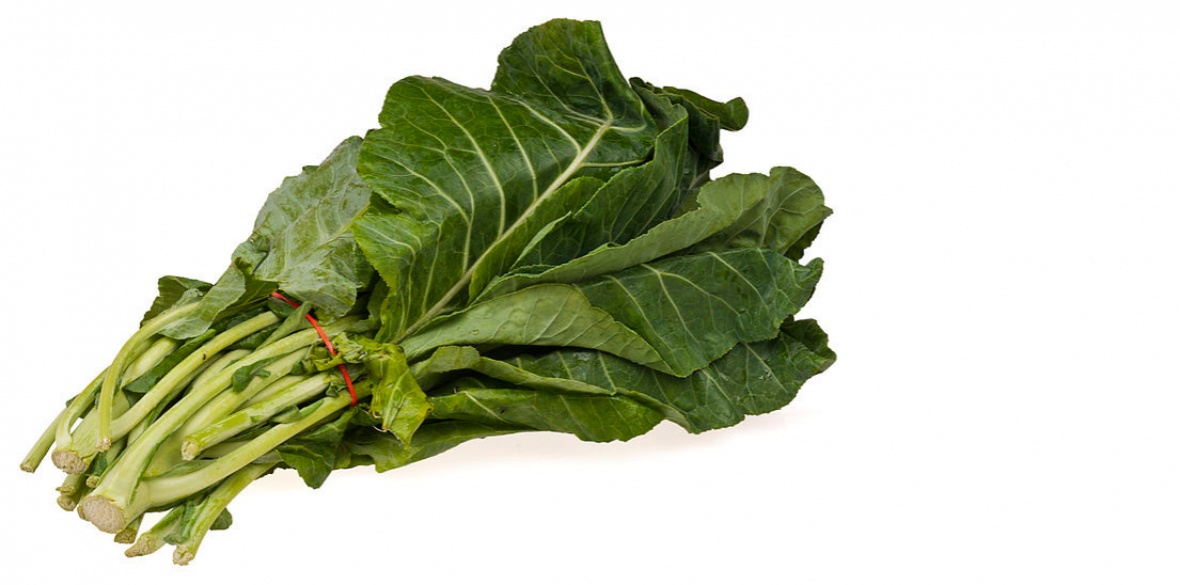This is the last article you can read this month
You can read more article this month
You can read more articles this month
Sorry your limit is up for this month
Reset on:
Please help support the Morning Star by subscribing here
SPRING GREENS are one of the special delights of the vegetable garden or allotment. You can buy them in the shops, but there’s not much point — this is a crop for eating when it’s fresh from the ground, crisp and juicy, not wilted on a supermarket shelf.
The seeds, for sowing this month, might be listed as “spring greens” or “spring cabbage.”
Some varieties can be harvested either as loose greens or, a bit later, as small cabbages. In either case, they’ll have a sweet flavour noticeably different to the heartier winter cabbages.
Given this year’s unusually hot weather, it’s worth mentioning that cabbage seeds don’t germinate reliably at high temperatures, so, if you can’t find somewhere shaded and relatively cool to start them off, you might be better buying young plants which are available for ordering online now and will be stocked in garden centres in early September.
The seeds can be sown half an inch deep in modules or trays for planting out later or an inch or so apart in rows in the open ground.
Once the plants are around four inches tall, with three pairs of leaves, transplant them or thin them out so that they’re six inches apart.
Slugs and snails are unlikely to cause too much trouble to the young plants at this time of year, but pigeons certainly will. Netting, held up on sturdy poles, is the best solution, but it’s fiddly and vulnerable to gales. I use tunnels of chicken-wire, about three feet high, bent into shape and pegged down.
Keep the cabbages well-watered, but don’t feed them at all this year. Any fertiliser given now will encourage soft, fast growth which will be vulnerable to frost.
What you’re after is slow, steady growth so that the plants are ready to really get going next spring and quickly produce lots of juicy, tender leaves.
There’s one more important job that needs doing to get the best crop of spring greens. As early as possible in spring, as soon as the soil and the weather allow it, hoe the ground between the plants.
It will have become stale over winter, perhaps green with algae or moss, and compacted from rainfall. Lightly disturbing it with the hoe will open it up again, allowing it to take full advantage of spring sunshine and rain.
Any weeds surviving the hoeing should be removed by hand, and the cabbages firmed back into the soil with your fists or feet if the wind and frost have loosened them.
Remove any leaves that are yellow, damaged or infested with pests such as whitefly. Finally, give the cabbages a light liquid feed. The visible difference this routine makes to growth, within a few days, can be surprising.
The traditional way of harvesting this lovely vegetable is to take alternate plants as spring greens in March or April, which leaves the remaining ones a foot apart, so that they’ll form small heads by May or June.
Mat Coward’s book Eat Your Front Garden is currently crowdfunding at unbound.com/books/eat-your-front-garden.











